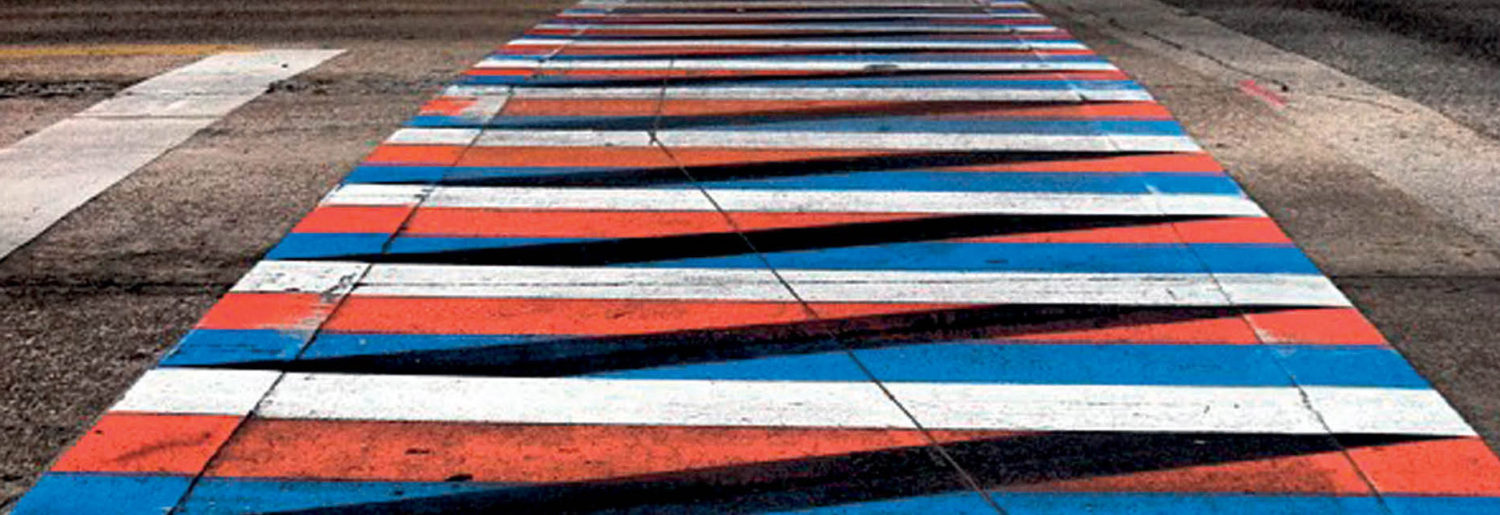This chapter takes seriously the way Blues pour Élise engages a longstanding discussion in France: how, when, and in what roles are racial and ethnic minority characters (and real-life individuals) depicted on Frances big and small screens. Below, you will find supplementary information about how these discussions have played out in France since the end of the twentieth century. Note that due to recent internet law changes in Europe, many of the original documents published by governmental organizations such as the CSA and the HCI are no longer available on the internet. One of the main documents I cite from in the chapter is no longer available at the static link(s) I reference in the chapter; however, I am attaching it here in a static version. I have made references below to how this (differently paginated) version alters the chapter’s footnotes.
Calixthe Beyala speaking on French national television regarding the “Collectif Égalité” movement to change racial and ethnic minorities’ representations on France’s small screens:
The opening statement (and other links) to the CSA (Conseil Supérieur de l’Audiovisuel)’s conference “Écrans pâles? Diversité culturelle et culture commune dans l’audiovisuel.”
The full report published by the Haut Conseil à l’Intégrationfollowing the “Ecrans pâles” conference. This document is paginated differently from the original, causing the following differences in footnotes from the book:
- Footnote 14: page 26 of attached document
- Footnote 15: page 24 of attached document
- Footnote 16: pages 26-27 of attached document
- Footnote 20: page 41 of attached document
Miano, like Mabanckou, also writes both theoretical and fictional literature, and supplements her writing with an interactive website (currently non-operational, though when it was, it offered its reader links to Afropean artists). In this chapter, I analyze the views she puts forth in the following two works:



